Ellora caves – UNESCO heritage site, Maharashtra India
The Ellora (also known as Elura or Elapura) Caves are one of the largest rock-cut monastery cave complexes in the world. There are around 100 Buddhist, Hindu and Jain caves at the site, of which 34 are open to public. They are locally known as Verul Leni
This complex of monolithic temples in India narrates a story about coexistence of different faiths and brilliant art forms of ancient India.
Religion was as much a binding factor as dividing factor in ancient times across the world. Hence, Ellora caves are a great example of co-existence and respect for divergent faiths. In fact rather than calling them as caves, Ellora caves should be addressed as a collection of temples.
The temples are vertically excavated out of stone in the Charanandari hills. The caves feature art, temple and habitation space from three different religions that is Hinduism, Buddhism and Jainism. The space was shared amongst three different faiths throughout the centuries. There are 17 Hindu caves, 12 Buddhist and five Jain caves with deities, carvings and even monasteries depicting the stories from each religion. It is unbelievable that these temples were built, cut out of the rocks, by using ancient traditional methods.
The Ellora caves were built between 550 CE to 950 CE. Basis the archaeological evidence found at various sites it was deduced that there were three major construction periods for the Ellora caves: Hindu period from 550 to 600 CE, Buddhist period from 600 to 730 CE, and the Jain and Hindu period from 730 to 950 CE.
A quick introduction to these cave temples
Temples and caves associated with Hinduism
The caves associated with Hinduism were built during the 6th to 8th century. They were built in 2 phases during the Rashtrakuta rule and Yadava period. However, it is also believed that the earliest caves were built by Kalachuri dynasty who were Shaivites and the Buddhist caves were built by Chalukya dynasty. The early Hindu caves were dedicated mainly to Lord Shiva. The most remarkable temple from these is the Kailasa temple (Cave 16) , which is also famous for the largest single monolithic excavation in the world.
The Great Kailasa
The Great Kailasa is a freestanding, multi-storied temple complex dedicated to Lord Shiva. The specialty of this 1300 year’s old architectural marvel is that it is carved out of a single volcanic basaltic rock of the Charanandri hills and is considered as the largest monolithic piece of art in India as well as in the world. Even the sculptures at this temple are carved from the same piece of rock as the rest of the temple.
The architecture of Kailasa Temple is notable for its vertical excavation, the work started at the top and moved downwards, rolling down the large boulders split from the mountain using steel rod drills. A megalith carved out of a single rock, the Kailasa Temple is the only structure in the world that is craved from the top to bottom. The entire temple was constructed in just 18 years, which itself is a huge achievement.

Based on the inscriptions, construction of Kailasa temple can be attributed to Krishna 1 from the Rashtrakuta dynasty. The temple covers an area double the size of Parthenon in Athens. It represents Mount Kailasa, the abode of Lord Shiva. The sculptures in the temple narrate various episodes from the Ramayana and Mahabharata. One of the very popular a scene in a relief is that of Ravana trying to lift Mount Kailasa and Shiva pressing Ravana into the mountain cave with his feet. The architecture is representative of the Dravidian style ( from south of India)
It is believed that the artists had to move around 3 million cubic ft stone weighing 200,000 tonnes to excavate the temple. It was built by the Rashtrkuta king, Krishna I. There are five detached shrines in the temple premises; dedicated to Lord Ganesha, Rudra (another form of Lord Shiva) , Ganga (river goddess) , Yamuna (river) and Saraswati (river). There are two Dhwajasthambhas (flag posts) in the courtyard.
The interior structure contains intricate sculptures and carvings which reflect fine artistic sklls and narrate the Indian philosophy. The monolithic elephants & victory pillars at the entrance, the image of Nandi, four sculptures of lions standing in a circle on the roof of Mahamantapa are a visual treat. The elephant sculptures at the base of the temple, gives an impression that the whole structure is being supported on elephants back. The carvings are mostly from the Ramayana and Mahabharata era . Besides, the 10 panels depict the ten different avatars of Lord Vishnu.
It is said that Mughal Emperor Aurangzeb tried to destroy Kailasa temple. Around 1000 people were sent to destroy the temple in the year 1682. Even after tirelessly working on the task for 3 years they could break and disfigure only a few statues. Aurangzeb finally gave up realizing that it was was too difficult a task to demolish the temple because of the rock, even though artisans used only hammers, chisels and picks to construct it.
Buddhist Monuments
The Buddhist caves are estimated to have been built during 600 to 730 CE. These caves were constructed much later after the Hindu caves. The first Buddhist cave to be built was Cave 6, with Cave 11 and 12 being the last. These caves feature monasteries, shrines which include bodhisattvas, and carvings of Buddha. The Buddhist caves mostly consist of viharas or monasteries, which include living rooms, sleeping quarters, kitchens, and more.
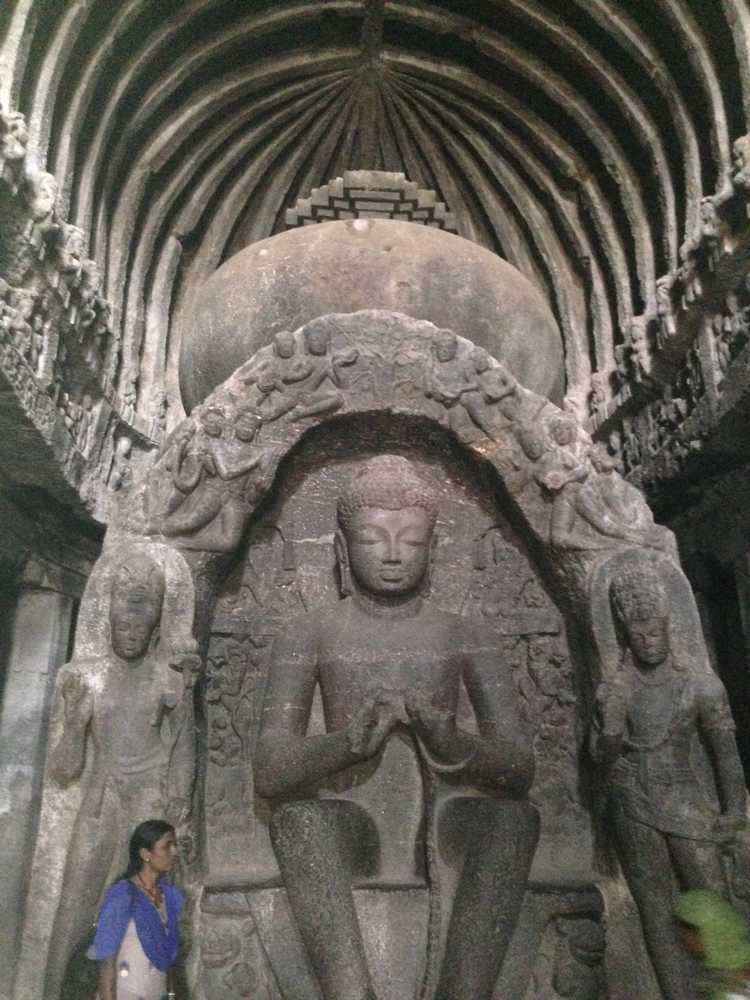
Vishvakarma Cave, (Cave 10):
This cave was built around 650 CE and is also known as the Carpenter’s Cave because of the finishing of the rock which looks like the wooden beam. The stupa hall consists of Inside a 15 feet statue of Buddha in a preaching (yogic) position. This cave is a dedicated prayer house and has eight cells.

Amongst all Buddhist caves, the first nine) are monasteries, while the last two – Do Tal (cave 11) and Tin Tal (cave 12) have three stories.
Jain Monuments
Jain caves are the most recent ones amongst all the caves and temples at Ellora complex. There are five caves lying to the north, which belong to the Digambara sect. These were excavated in the 9th to 10th century. Smaller than the Hindu and Buddhist Caves, these have the architectural attributes such as mandapa and a pillared verandah. The Jain temples have the carvings of the Yaksha and Yakshini, (god and goddess), and devotees all depicting the Jain philosophies of that era.
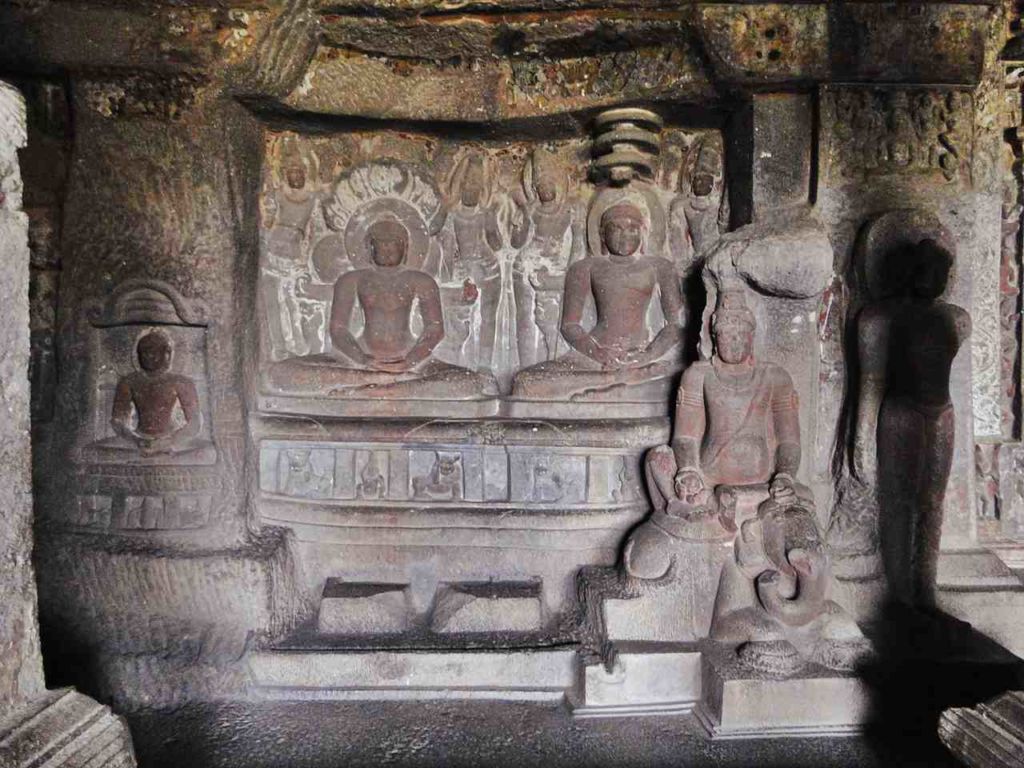
Chhota Kailash (cave 30), Indra Sabha (cave 32) and Jagannath Sabha (cave 33) are the most remarkable Jain caves.
Chota Kailasa
It is designed on the same lines of the original Kailasa temple or Cave 16. It was built in the 9th century along with the Indra Sabha (cave 32). The temple contains two gigantic statues of Indra, in a dancing pose, one with eight arms and one with 12 arms. The cave also features other deities, and dancers.
The Indra Sabha
It is a two-storeyed shrine cut into the rock to a depth of over 200 feet. On the right is an huge statue of an elephant. The Jagannath Sabha is similar to the Indra Sabha but smaller in size. The shrine is a small chamber with a torana (arch), and Tirthankara Mahavira is seated inside. The walls are lowered with figured sculptures, and the pillars are carved with stories from Jainism. The upper storey has the images of the 24 Jain tirthankaras.
There is a large lotus over the altar and there is a large shrine at each end of the hall containing a statue of Mahavira. This temple is possibly the earliest of the Jain caves. On the top of the hill in which the Jain caves are excavated is a rock-hewn statue of Parasnath.
The Ellora caves can be overwhelming. and walking around can get very hectic. Here is a short summary of what should not be missed in Ellora caves.
12 Must visit places in Ellora caves
- Kailasha temple ( cave 16)
- Ravana Ki Khai ( Ravana’s dirch, cave 14)
- Vishwakarma cave (cave 10)
- Indrasabha (cave 32)
- Cave 33 and 34
- Do Taal Cave 11
- Teen Taal (Cave 12)
- Dumar lena (cave 29)
- Rameshwara cave ( cave 21)
- Dashavatara cave ( Cave 15)
- Buddhist caves (6 to 9)
- Chhota Kailash (Cave 30)
Ellora caves and Ajanta caves are UNESCO heritage sites in the same city. Visit to Maharashtra (India) is incomplete without visiting these two caves. Click here to read about Ajanta caves.
For more such historical experiences in India, you could take a look at the article on Indian history from Indus Valley Civilization to Modern History
In case you are keen on traveling to Ellora caves , you could take a look at the itinerary of Maharashtra and cover Ellora caves as a part of this itinerary.
In case culture is of interest, check out the places of cultural interest in India.
Or maybe the places of spiritual significance in India?
India is not just about history. In fact, there are many more facets to this ancient land – culture, spirituality, mystery, nature, wildlife and so on. Read more about how to explore the different facets in destination India .
How to reach Ellora caves?
Ellora caves is around 30 kilometres from Aurangabad city centre in Maharashtra. Aurangabad is very well connected with all the major cities in India via flight, train and roadways.
Best time to visit Ellora caves ?
October to March and June to September are ideal for visiting the caves. Summer season should be avoided as it becomes very hot n Maharashtra

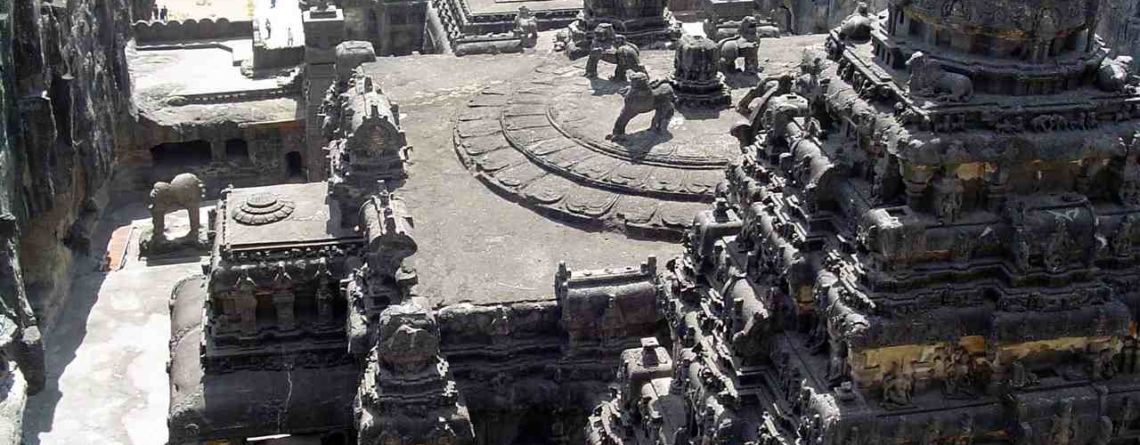
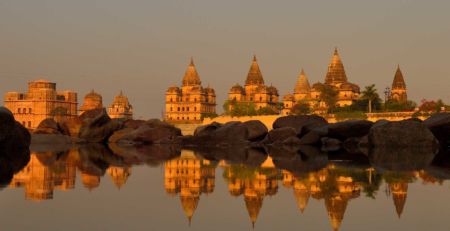

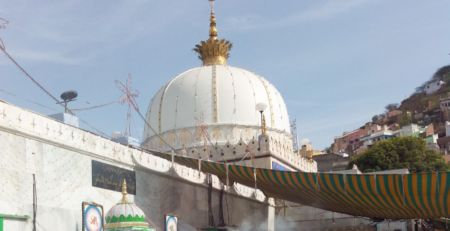

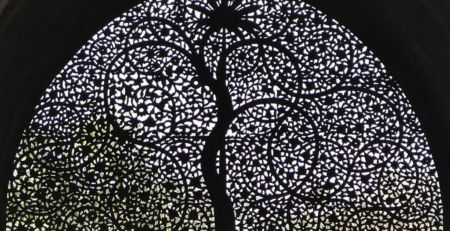
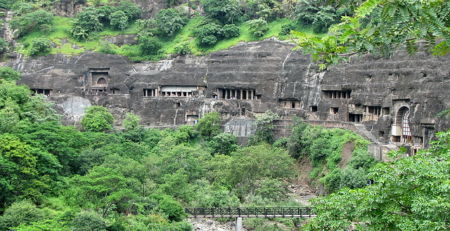
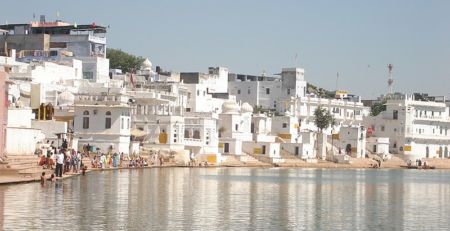
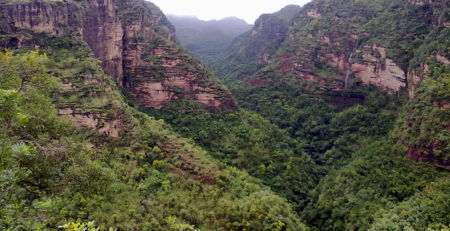
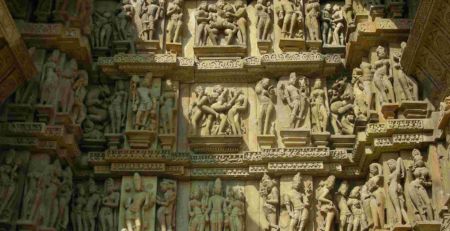
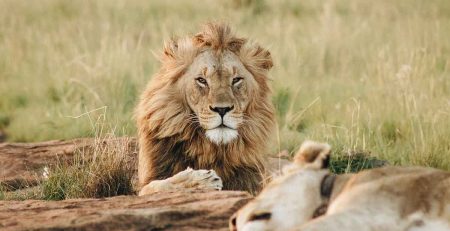
Leave a Reply